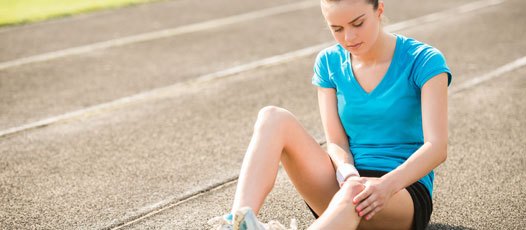
Knee Pain Treatment in Ahmedabad
About Knee pain
Knee joint is very complex joint. Many pain generator present in knee. Besides main reason is age related Osteoarthritis there may be Meniscal tear, Ligament injuries and Tendinitis.
What is Knee Pain?
The knee is the biggest joint in your body, and it absorbs and supports a lot of your weight as you move. That’s why it’s one of the most commonly injured joints.
Knee pain can be a temporary, short-term problem, but it can also be a chronic (long-term) issue that needs diagnosis and treatment by a healthcare provider.
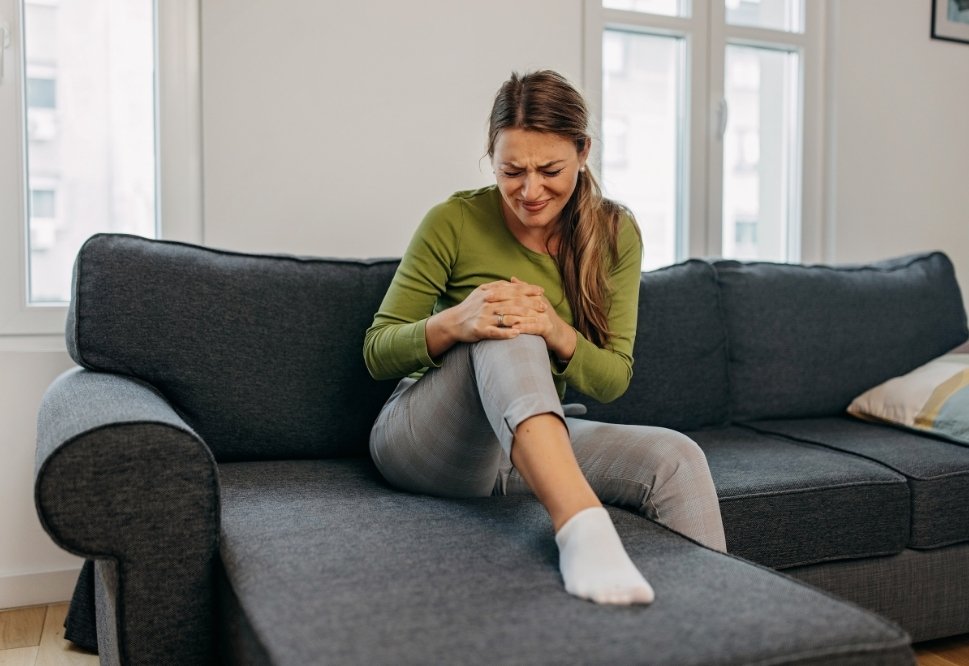
Common causes of knee pain
Arthritis is a chronic condition that causes joint inflammation. Symptoms include redness, warmth, swelling, tenderness and pain. This is age related loss of cartilage of knee joint. Pain usually feels in inner aspects of knee joint.
Rheumatoid arthritis can affect joints on both sides of the body and cause knee pain. In rheumatoid arthritis, your body’s cells attack your own tissues. Over time, rheumatoid arthritis can cause cartilage loss, swelling in the synovium, and excess fluid in the knee.
Bursitis is the inflammation and fluid collection in bursae around the knee joints. This is usually caused by repetitive motions or by a stress such as kneeling. Pain usually feels in upper part of knee joint.
The iliotibial band is a rope-like tissues connecting muscles to bone at the knee and hip joints, can become painfully inflamed by rubbing and strenuous movement. Pain usually feels on outer side of knee joint.
Patellofemoral pain syndrome causes front knee pain, especially when walking stairs, jumping, or squatting. It may result from overuse, injury, excess weight. It often called "'Runner's knee"
Knee injuries can be the result of sports, falls or trauma. They typically involve the ligaments that hold two different bones of the knee – the femur and tibia – together. Like - ACL partial tear, PCL partial tear & Meniscal injuries
Knee Pain Treatments
Rest
When the knee is injured or is inflamed, as in bursitis, tendonitis or arthritis, it’s important to rest the joint and avoid overuse.
Ice/heat
Applying ice or cold packs to the knee can reduce inflammation and swelling, especially after an injury. Once swelling is gone, heat may be used to help relax and loosen tissues.
pain relievers medicine
Over the counter pain killer medicine is easily available to relieve the pain of knee joint for temporary and short term purpose. As this all medicine have lots of side effects and over a long period of time this are causes damage the cartilage of knee joint, kidney and stomach like organs
Weight loss
Lose weight to reduce pressure on the knees. Excess weight puts added strain on the knee joints, accelerating wear and tear on the cartilage. This can lead to conditions like osteoarthritis, causing pain and limiting mobility. By maintaining a healthy weight, you can reduce the risk of joint damage and improve overall joint function. Additionally, weight loss can help alleviate inflammation around the knee, leading to less pain and swelling.
Physiotherapy
Basically people understanding that physiotherapy is treatment for any types of knee pain. Its not always true. Physiotherapy is good for prevention of arthritis not treatment of knee pain. Physiotherapy exercise can help to improve the muscle strength and reduce the load on Knee joint and helping prevention of more damage to knee.
Biologics Treatment
PRP treatment
PRP therapy involves injecting platelets from the patient’s own blood to rebuild a damaged tendon or cartilage. It has been successful in not only relieving the pain, but also in jumpstarting the healing process. The patient’s blood is drawn and placed in a centrifuge for 15 minutes to separate out the platelets. The platelet-rich plasma is then injected into the damaged portion of the tendon or cartilage.

Biologics treatment
BMAC (Bone marrow aspirate concentrate)
BMAC (Bone marrow aspirate concentrate) is collected from bone marrow of patient and we processed it in specialized German kit and concentrate growth factors and stem cells from it. This is useful for repair of damaged cartilage, ligaments and other soft tissue of knee joint.
For more details about biologics treatment you can see in our treatment aspects of website.
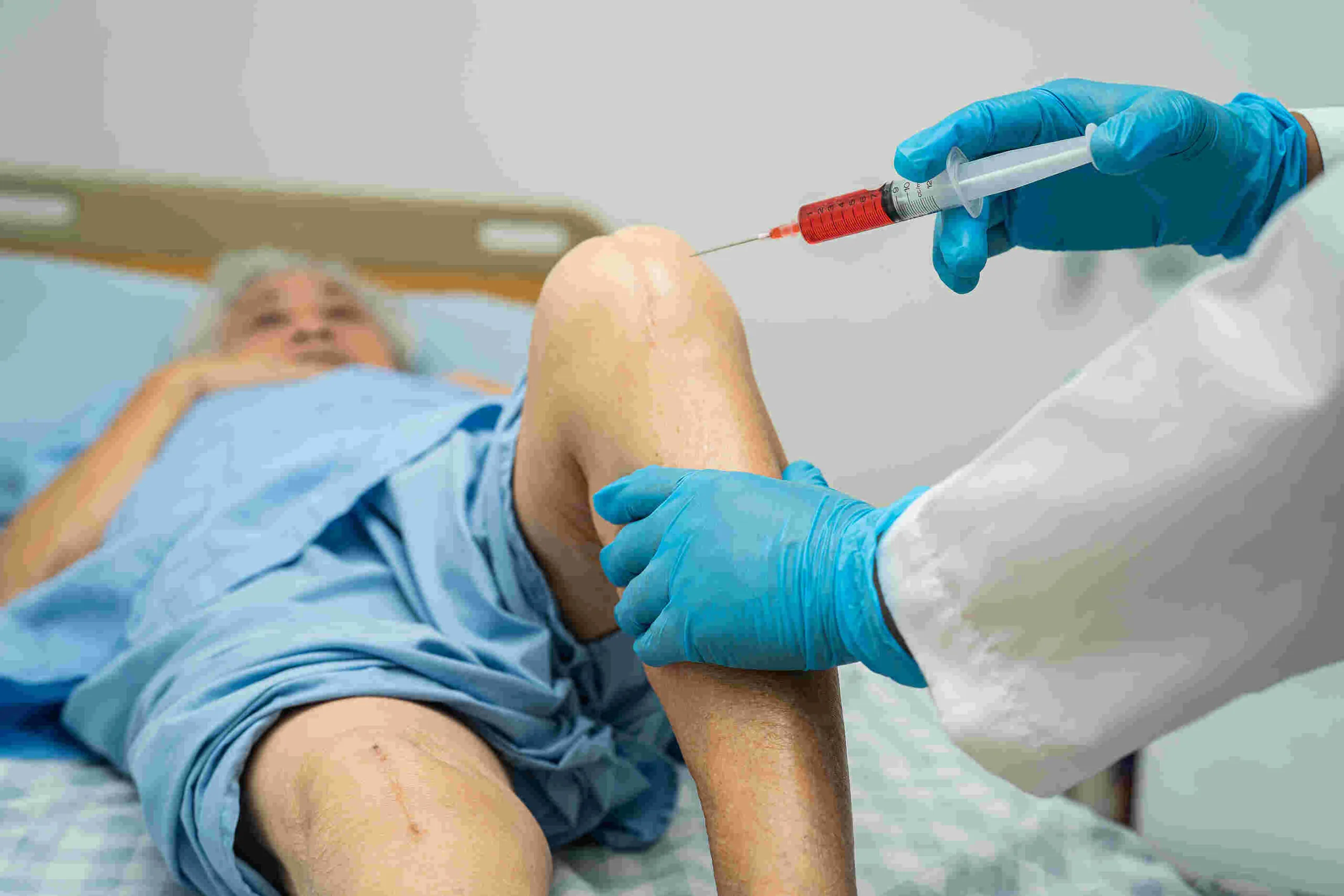
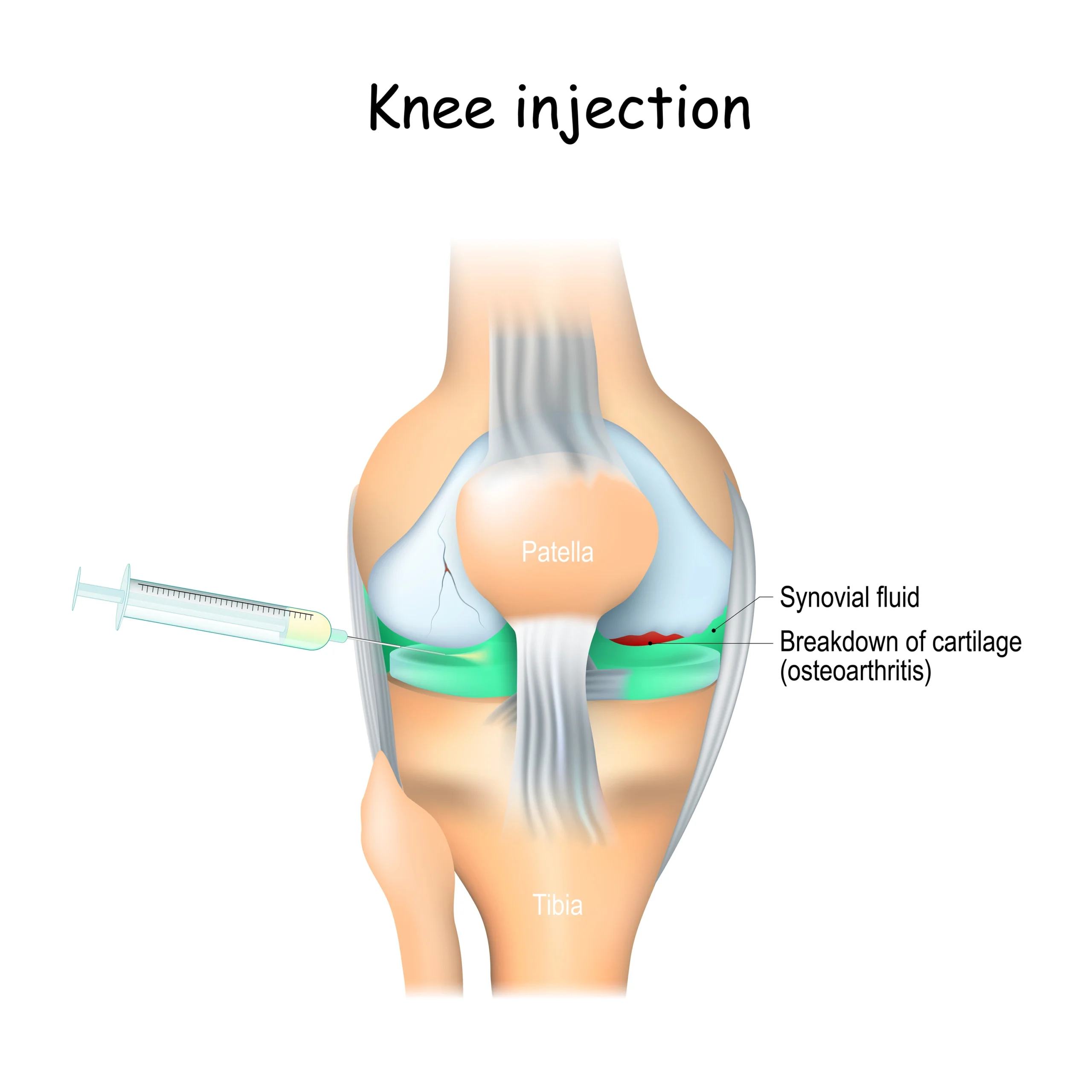
Prolo-ozone Therapy
Ozone is made from oxygen molecules and medical grade ozone is useful for control of knee joint inflammation and reduction of pain. We can do ozone therapy in all types of knee pain. It does not have side effects like steroid in our body.
Visco Supplement
(Lubricant Injection)
It is very commonly used in USA and other developed country. It is made up of Hyluronic Acid and with high viscosity it works as lubricant in joint space. Usually, life of viscous is 6 to 12 months but it can be prolonged if patient is taking other care like weight reduction and regular exercise of knee joint.

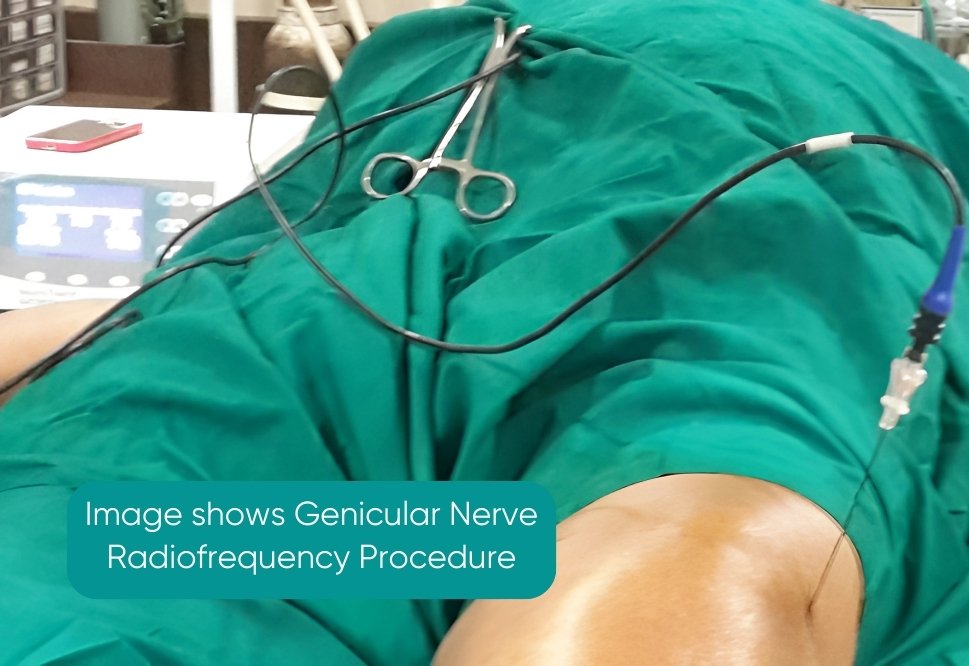
Genicular Nerve Radiofrequency Ablation
Radiofrequency nerve ablation numbs the nerve sensing joint pain, offering relief in advanced knee osteoarthritis. It doesn’t reduce inflammation or arthritis but helps high-risk or elderly patients. The procedure is done under local anesthesia for pain management.